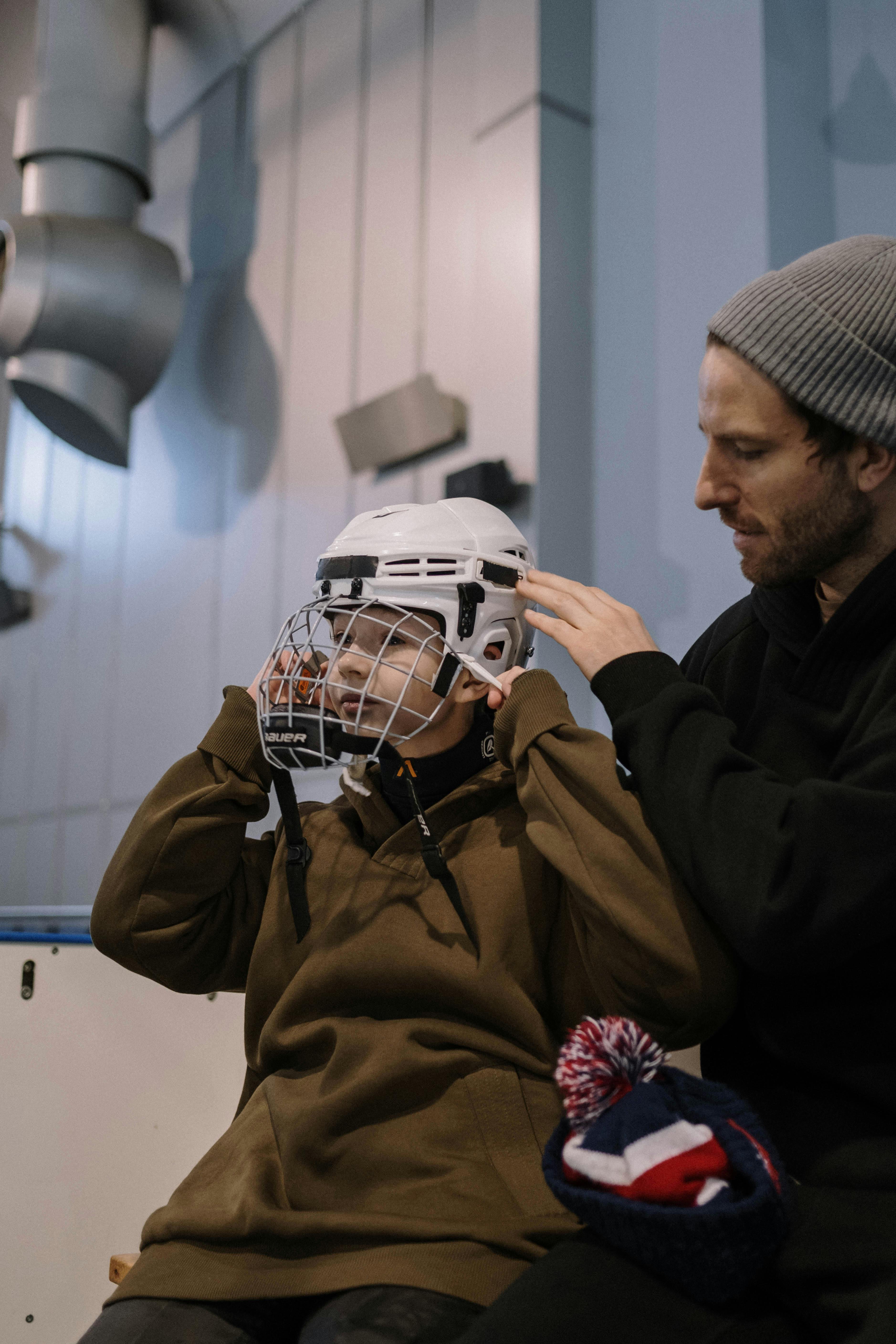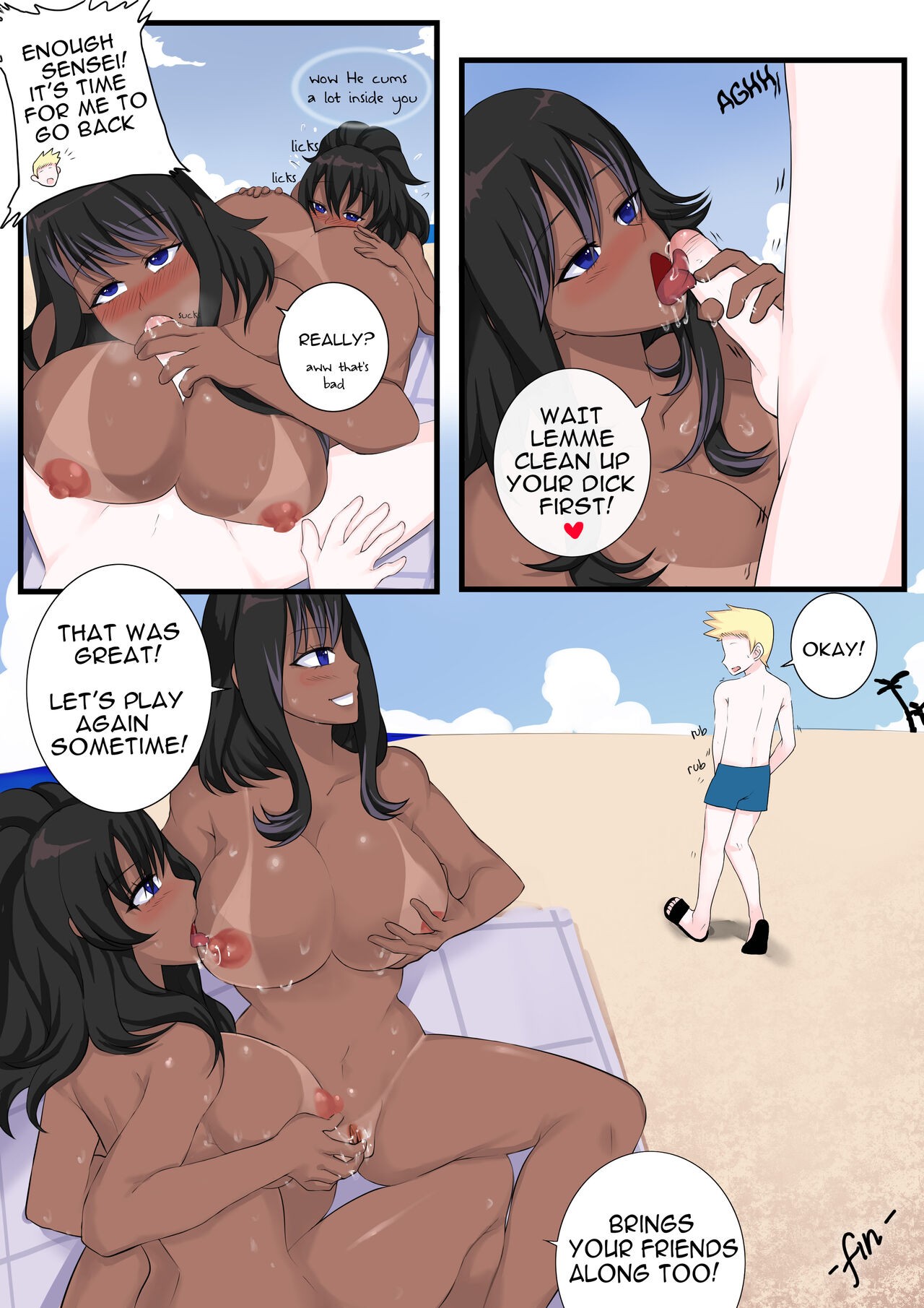
Apply Now


Exploring the Impact of Adult Comics and Graphic Novels
The Rise of Rape Comics and Dark Humor in Contemporary Literature
The emergence of adult comics reflects a significant shift in the comic book genre, where creators delve into taboo topics like sexual violence and consent issues. Rape comics, despite their controversial nature, challenge societal norms and push the boundaries of graphic storytelling. These narratives often explore the psychological depths of trauma and resilience in literature, engaging an adult audience with complex themes that provoke thought and discussion. Through dark humor and explicit content, these graphic novels not only entertain but also confront moral implications surrounding sensitive subjects. The genre embraces alternative comics that engage in socio-political commentary, allowing independent creators to express artistic freedom. This emergence of mature themes in graphic literature raises critical questions regarding storytelling ethics and the responsibilities of creators when addressing such heavy topics. As we navigate through this landscape, it’s essential to understand how these narratives impact audience reception and the emotional resonance they carry. The exploration of disturbing narratives through a feminist perspective provides a platform for marginalized voices, ultimately enriching the dialogue surrounding exploitation themes and consent culture.Complex Narratives: Understanding the Art of Storytelling Techniques
Graphic novels often utilize diverse narrative structures to convey intricate themes and character development. The intersection of art and storytelling offers creators an opportunity to visualize trauma and explore the complex motivations behind characters' actions. In adult comics, the use of visual metaphors can enhance emotional intelligence and deepen the reader's engagement. The character arcs depicted in these stories reveal not just individual struggles but also broader societal critiques. By employing psychological exploration, authors can craft immersive experiences that challenge readers to confront their understanding of moral dilemmas and the nuances of consent. The narrative techniques used in these comics invite audiences to engage with the material on multiple levels—emotionally, intellectually, and ethically. As we analyze these storytelling methods, it’s fascinating to see how creators balance artistic expression with the need for sensitivity in addressing difficult subjects. The delicate interplay between shocking imagery and profound storytelling—often seen in underground comics—demonstrates the potential of graphic art to reflect cultural impacts and societal taboos.Artistic Expression and Freedom: Navigating Ethical Considerations
Exploring adult themes in comics allows for a rich dialogue about artistic freedom and the ethical responsibilities that accompany it. As creators tackle controversial storytelling, they must strike a balance between pushing boundaries and respecting audience sensitivities. Censorship debates frequently arise in discussions surrounding graphic novels, particularly when addressing issues like sexual trauma and violence. Creative expression takes many forms, and the representation of graphic violence must be considered within a broader context of societal implications and audience interpretations. The empowerment themes often found in feminist comics challenge traditional narratives and provide pathways for resilience in fiction, helping readers to process their emotional landscapes. However, the question remains: at what point does the illustration of trauma enhance understanding versus sensationalizing it? Talking about these ethical considerations requires a nuanced conversation around the role of visuals in narrative developments. The dialogue between creator and audience becomes crucial in shaping interpretations and fostering engagement in the comic book subcultures.The Role of Social Commentary in Adult Comics
Challenging Norms: Depictions of Violence and Its Impact
Adult comics frequently present graphic depictions of violence, challenging readers to confront the uncomfortable truths of society. This artistic defiance invites audiences to discuss the narratives constructed around taboo topics and the representation of abuse. The depiction of violence in graphic literature serves not only as a shocking element but also as a critical tool for social commentary. By exploring these themes through a feminist lens, creators can address issues surrounding exploitation and psychological horror. The use of narrative tension allows for layered meanings and deeper explorations into character motivations and societal critiques—encouraging dialogues that go beyond surface-level engagement. As critical discussions around these depictions unfold, it’s essential to consider how audiences perceive and interact with these narratives. The effectiveness of the storytelling hinges on the creator's ability to facilitate meaningful conversations, balancing shock value with emotional resonance.Viewer Dynamics: Engaging the Adult Audience
Understanding audience dynamics is vital for creators of adult comics. The interplay between reader engagement tactics and emotional impact shapes how narratives are received. Complex narratives woven with themes of trauma and resilience require a careful approach to ensure that the storytelling resonates with readers while maintaining a responsible examination of subject matter. Moreover, the role of reader psychology becomes critical as creators navigate the intricacies of audience interpretation. Engaging the adult readership necessitates a recognition of the varied backgrounds and lived experiences individuals bring to the work. Such sensitivity promotes a deeper connection, empowering audiences through relatable storytelling and comprehensive character developments. By fostering these connections through art, independent creators not only enhance their narratives but also empower their readers. The exploration of emotional narratives in graphic novels provides profound insights into the human experience, reflecting the complexities of both individual and collective trauma.Literary Analysis of Alternative Comics and Their Cultural Impact
The rise of alternative comics showcases a diverse array of voices and themes within the medium, contributing to the ongoing dialogue about societal issues. Analyzing these graphic novels reveals the transformative potential of literature as activism. They challenge conventions and offer radical representations of marginalized experiences, particularly in the context of feminist analysis. Through the lens of narrative immersion and character evolution, readers can identify with the characters and their struggles, resulting in an emotional engagement that speaks to broader cultural contexts. This engagement strengthens the role of comics as a medium for social critique and commentary, inviting readers to reconsider their perspectives on complex themes. The cultural significance of alternative narratives lies in their ability to subvert expectations and challenge traditional storytelling conventions. By embracing genre defiance and exploring emotionally charged topics, these works elevate the discourse surrounding graphic novels and their role in reflecting societal values.Pushing Boundaries: The Future of Graphic Novels
Exploring New Tropes and Perspectives in Storytelling
As the graphic novel industry continues to evolve, there is enormous potential for exploring new tropes and perspectives. The rise of self-published comics has amplified voices from diverse backgrounds, offering fresh takes on familiar narratives. These works often delve into the emotional truths of their creators, exploring themes of resilience and empowerment in the face of personal and societal challenges. Indie comics emerge as powerful platforms for self-exploration, allowing artists to confront the complexities of their identities and experiences. This dedication to authenticity creates opportunities for readers to engage with relatable characters navigating similar struggles. By embracing multifaceted storytelling, these creators break free from conventional frameworks, highlighting the richness of diverse narratives in graphic literature. Moreover, the integration of various visual storytelling methods encourages artistic innovation, allowing for experimentation within the medium. This experimentation can result in transformative storytelling that resonates deeply with audiences while maintaining a critique of societal norms.Sensitivity in Art: Navigating Reader Engagement and Ethical Boundaries
As we look toward the future of graphic novels, addressing sensitivity in storytelling becomes increasingly critical. Balancing artistic freedom with audience responsibility remains a central challenge for creators. Engaging adult audiences through explicit content demands a thoughtful approach to the representation of values and the complexities of the human experience. The ethical considerations surrounding graphic storytelling invite discussions about content sensitivity, particularly when tackling intricate issues like sexual trauma and consent. Creators have a unique opportunity to navigate these waters with care, fostering environments where readers can engage in self-exploration and dialogue while confronting societal issues. Presenting these narratives with empathy propels the conversation about trauma exploration and societal impacts forward, proving that comics can be both profound and thought-provoking. The emotional landscapes created through comic art provide pathways for resilience and healing in fiction, culminating in the empowerment of readers through collective experiences and shared understanding.Engagement Strategies: Creating Meaningful Connections with the Audience
Successful adult comics thrive on their ability to establish strong connections with their readers. Combining narrative complexity with relatable character arcs creates pathways for meaningful engagement. By leveraging storytelling techniques that resonate with audience dynamics, creators can build immersive worlds that provoke reflection and emotional investment. As creators explore challenging ideologies and societal norms through their art, the opportunity to engage audiences on various levels arises. Readers are not merely passive observers; they become active participants in the narrative journey, shaping their interpretations and responses based on their backgrounds and experiences. This dynamic engagement becomes crucial in providing a platform for alternative perspectives, allowing for a richer dialogue surrounding sensitive subjects. Creating an atmosphere that invites discussion and reflection not only enhances the artistic integrity of the work but also enriches the audience’s journey through the complexities of content and emotional relevance.Q&A: Navigating the Complexities of Adult Comics
What are the key themes explored in rape comics?
Rape comics often delve into themes such as consent issues, trauma representation, and the complexities of human relationships. They challenge societal norms and invite reflection on the moral implications of such narratives. These themes are intricately intertwined with artistic expression and societal critique, emphasizing the need for sensitivity and ethical considerations in storytelling.How do graphic novels address societal taboos?
Graphic novels tackle societal taboos by using confrontational art and complex narratives to discuss difficult subjects such as sexual violence and mental health. They seek to subvert expectations while providing representation for marginalized voices. Engaging with these taboo topics opens a dialogue about societal realities and cultural impacts.What responsibility do creators have when depicting violence?
Creators of graphic novels have the responsibility to handle depictions of violence with care. It’s crucial to approach these subjects with sensitivity, ensuring that they serve a meaningful narrative purpose. Ethical storytelling should prioritize emotional truth and audience impact while fostering dialogue around societal issues.How do adult comics empower marginalized voices?
Adult comics empower marginalized voices by providing platforms for self-exploration and authentic storytelling. By engaging with themes of resilience and resistance, creators can shine a light on underrepresented experiences, fostering understanding and connection among diverse readerships.What future trends can we expect in the world of graphic novels?
The future of graphic novels may see further exploration and representation of complex themes. With the rise of self-publishing, more voices from diverse backgrounds will emerge, enriching the medium with new perspectives. Expect to see experimentation with visual storytelling methods, along with deeper engagements in socio-political commentary and moral dilemmas.
